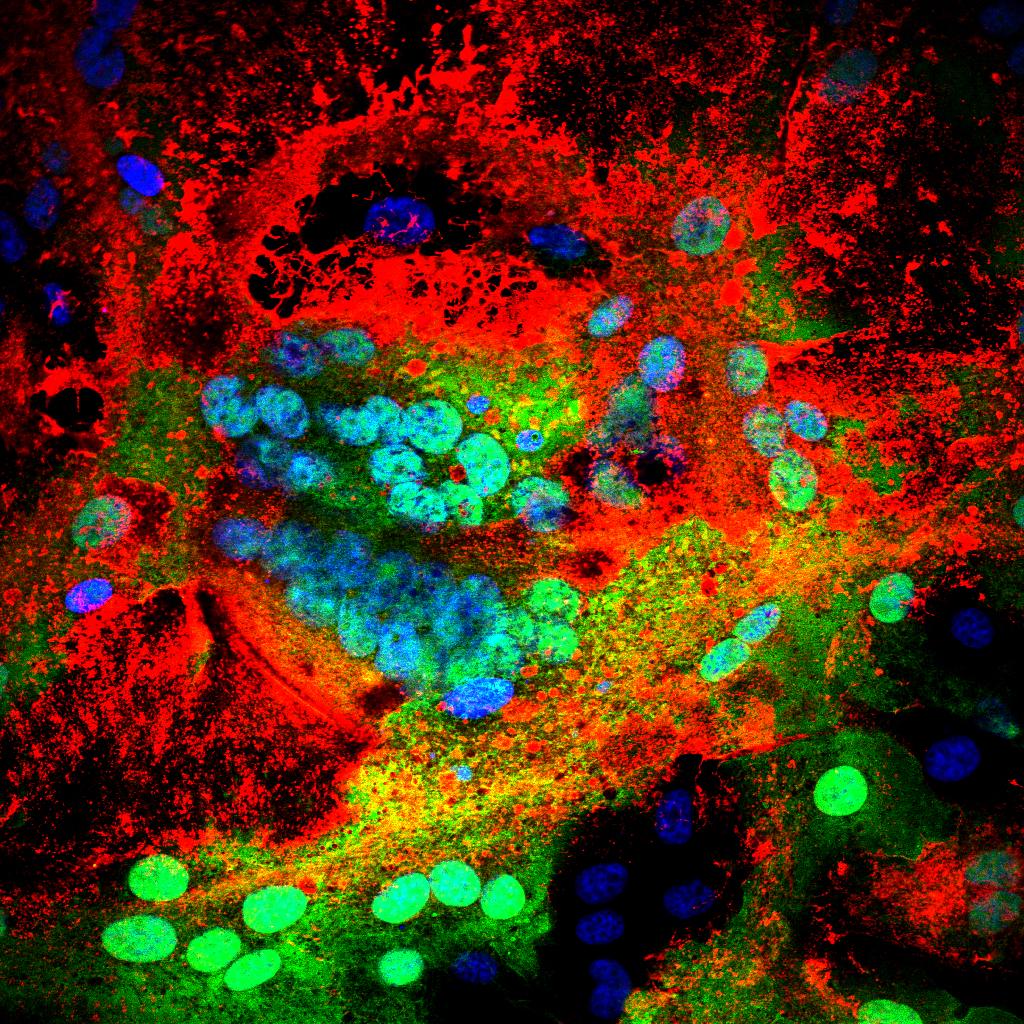Toll-Like receptor responses to peste des petits ruminants virus in goats and water buffalo
Ovine rinderpest or goat plague is an economically important and contagious viral disease of sheep and goats, caused by the Peste des petits ruminants virus (PPRV). Differences in susceptibility to goat plague among different breeds and water buffalo exist. The host innate immune system discriminates between pathogen associated molecular patterns and self antigens through surveillance receptors known as Toll like receptors (TLR). We investigated the role of TLR and cytokines in differential susceptibility of goat breeds and water buffalo to PPRV. We examined the replication of PPRV in peripheral blood mononuclear cells (PBMC) of Indian domestic goats and water buffalo and demonstrated that the levels of TLR3 and TLR7 and downstream signalling molecules correlation with susceptibility vs resistance. Naturally susceptible goat breeds, Barbari and Tellichery, had dampened innate immune responses to PPRV and increased viral loads with lower basal expression levels of TLR 3/7. Upon stimulation of PBMC with synthetic TLR3 and TLR7 agonists or PPRV, the levels of proinflammatory cytokines were found to be significantly higher while immunosuppressive interleukin (IL) 10 levels were lower in PPRV resistant Kanni and Salem Black breeds and water buffalo at transcriptional level, correlating with reduced viralloads in infected PBMC. Water buffalo produced higher levels of interferon (IFN) ? in comparison with goats at transcriptional and translational levels. Pre-treatment of Vero cells with human IFN? resulted in reduction of PPRV replication, confirming the role of IFN? in limiting PPRV replication. Treatment with IRS66, a TLR7 antagonist, resulted in the reduction of IFN? levels, with increased PPRV replication confirming the role of TLR7. Single nucleotide polymorphism analysis of TLR7 of these goat breeds did not show any marked nucleotide differences that might account for susceptibility vs resistance to PPRV. Analyzing other host genetic factors might provide further insights on susceptibility to PPRV and genetic polymorphisms in the host.
Back to publications
